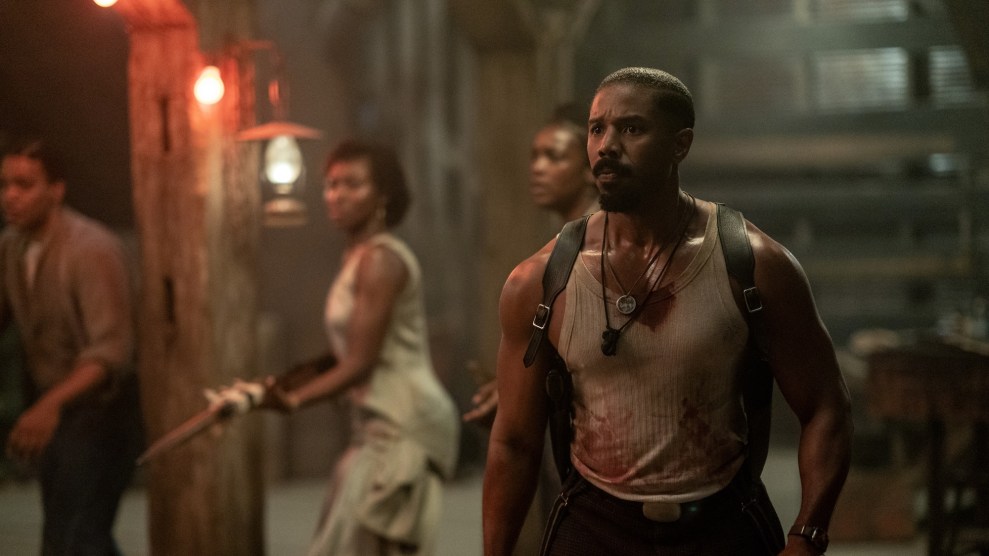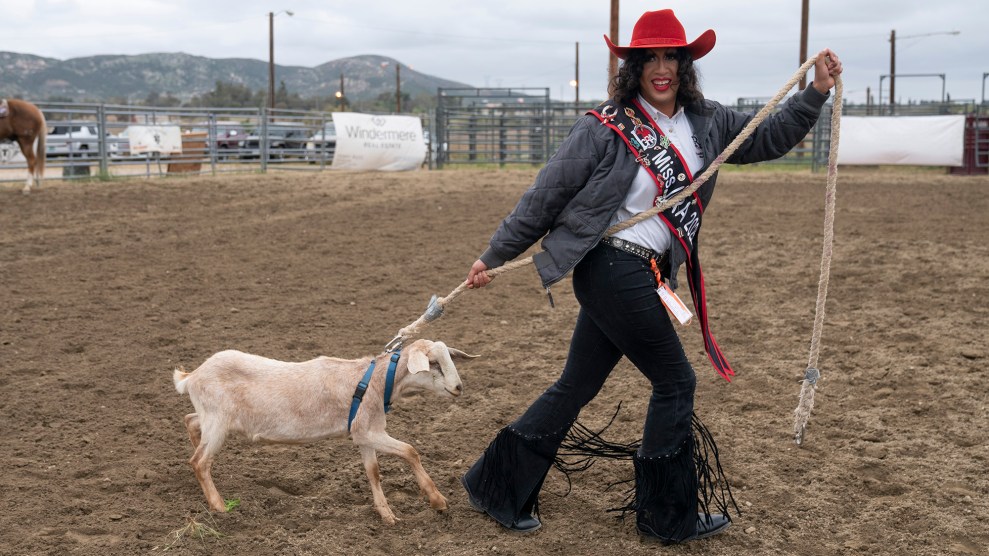I know I’m late to the Marie Kondo organizing craze. I held out as long as I could. But I recently moved, and moving required dealing with piles of junk I never knew I had. In the middle of trying to find new homes or space in the trash for the things I no longer needed, I saw a friend’s Instagram post about her new obsession, The Home Edit, a Netflix show featuring two women overly enthusiastic about organizing things in the order that makes the most sense to them, by the colors of the rainbow.
A day later, I saw that same friend post a picture of her shopping cart from a store. It was filled with dozens of acrylic boxes to organize her shoes, tagging The Home Edit. She seemed proud to take back some control in a chaotic time, even if it was just her closet. But I went somewhere else: a flash to a few years from now, when all that plastic would end up in a landfill, or worse, burned by an incinerator in a poor community that is already suffering from toxic pollution.
I knew I wasn’t going to like this show, but I couldn’t help myself and tuned in to hate-watch it anyway. The first episode features a very sunny Reese Witherspoon wishing to organize her old Legally Blonde costumes, feeling very out of step with the times. A few minutes in, the two stars, Clea Shearer and Joanna Teplin, who’ve already plugged their product line and Instagram, say, “The rainbow really represents what our company stands for. It’s a smart functional system, it’s orderly and it’s really beautiful to look at. Form plus function.”
One alarm bell is that the stars are trying to sell the viewer something. Like Kondo, they have their own product line, so for their purposes no one can do too much streamlining. Streamlining has to also mean buying more crap, and in The Home Edit case, it’s single-purpose acrylic items to make your closet prettier. Shearer and Teplin have an aesthetic, and that aesthetic is plastic. For Witherspoon and other celebrity clients, they use things I didn’t know existed, from specialized acrylic purse hangers to shoe platforms to boot shapers.
In a year where there’s too many things to be furious over, getting angry over this needless waste, misbranded as tidying, may feel like an inconsequential distraction. But I couldn’t get it out of my head how even tidying up and minimalism have been co-opted by rampant consumerism. The implicit message to viewers is aspirational about capitalism: You can have a better life if you just buy the right things and don’t think too deeply about the cost that imposes to other people and to the environment.
Instead of thinking of the present only when we buy, I wish more people would consider whether they’ll need something in four years, or if those purchases will end up being a ridiculous waste of space and money. And when you’re filling loads of garbage bags with junk you no longer have a use for, I want people to confront why they ever felt the need to buy it in the first place, and the cost that imposed on the planet. Is a rainbow-colored closet filled with plastic really worth it? —Rebecca Leber
















